How to Soften a Toothbrush: Effective and Safe Methods
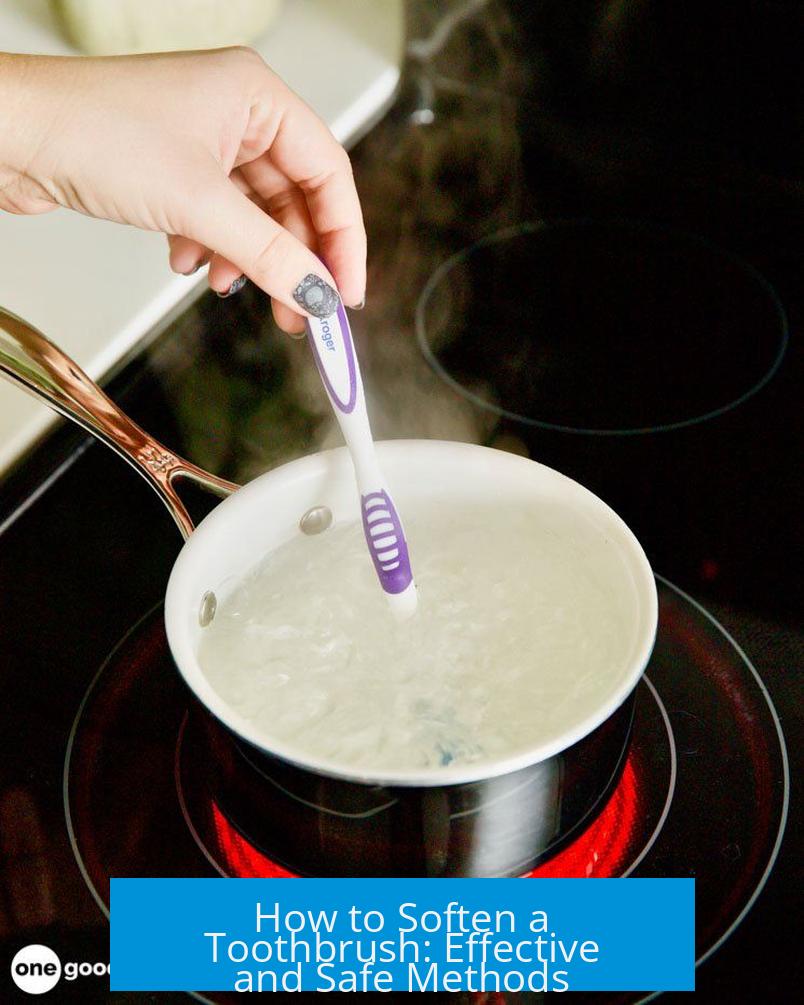
Softening a toothbrush can be achieved most safely by soaking its bristles in warm water or a mild household solution, such as diluted vinegar or mouthwash. These methods soften the nylon bristles without risking damage to your oral health or hazards from chemicals.
Why Choose a Soft Toothbrush?
Soft bristles protect gums and tooth enamel. Hard bristles may cause gum recession and expose sensitive tooth areas, increasing discomfort and dental problems.
Using a soft brush supports good oral hygiene by gently cleaning without harming tissue or removing protective enamel layers. Dentists recommend soft or ultra-soft types to reduce gum irritation.
Simple Ways to Soften Toothbrush Bristles
1. Soaking in Warm or Hot Water
- Soak the toothbrush in warm water for a few minutes. The heat allows nylon bristles to absorb water molecules, causing polymer chains to swell and become more flexible.
- Holding the bristles under hot tap water just before brushing can temporarily soften them.
The glass transition temperature of nylon is around 50°C. Water close to this temperature loosens hydrogen bonds in the polymer, making bristles more pliable without damage.
2. Massaging the Bristles
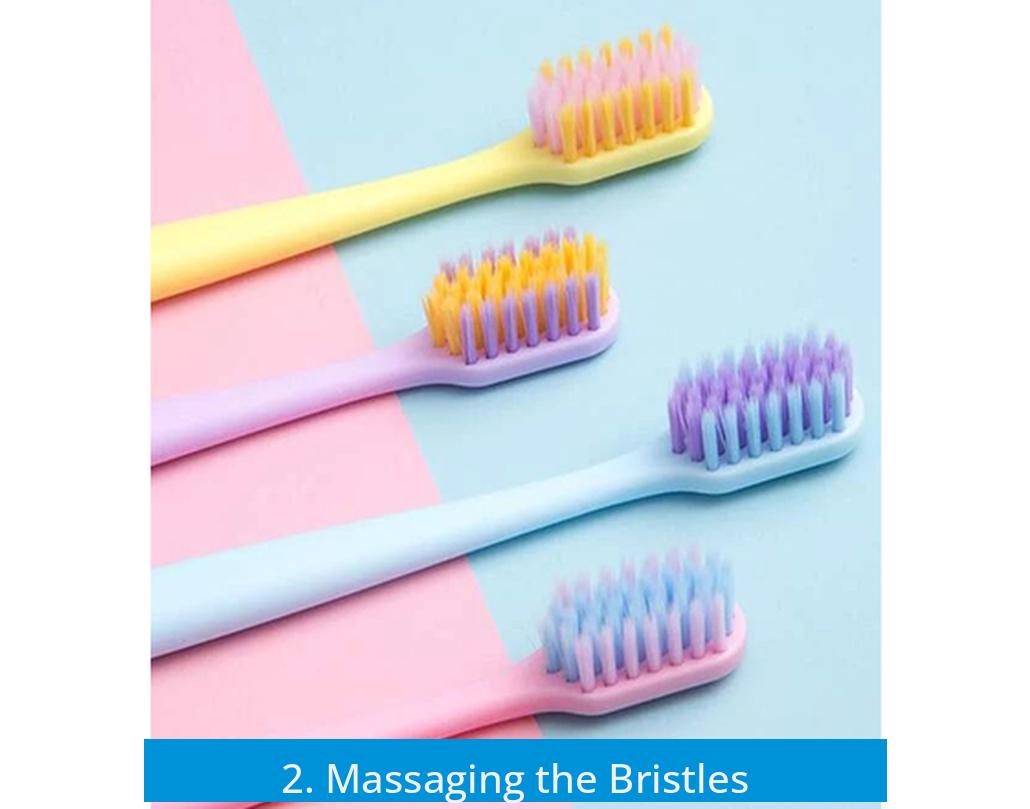
Gently flex or massage the bristles with your fingers to break in the fibers. This can increase softness, much like breaking in a new hairbrush.
3. Soaking in Vinegar
Warm vinegar helps soften nylon by loosening fibers and removing debris. Soak the toothbrush for 10 to 15 minutes before rinsing thoroughly.
4. Soaking in Mouthwash
Overnight soaking in alcohol-containing mouthwash may soften bristles temporarily due to slight fiber relaxation. Rinse well before use.
Chemical Treatments: Caution Required
Certain substances like limonene (a citrus oil solvent) can soften bristles but may introduce safety risks. Limonene is considered carcinogenic, so it is not advisable for toothbrush treatment.
Baking soda solutions may mildly affect bristle texture but have limited scientific support as a softening agent. Strong oxidizers or solvents might degrade polymer integrity, reducing effectiveness and risking chemical residues.
Understanding the Science Behind Softening
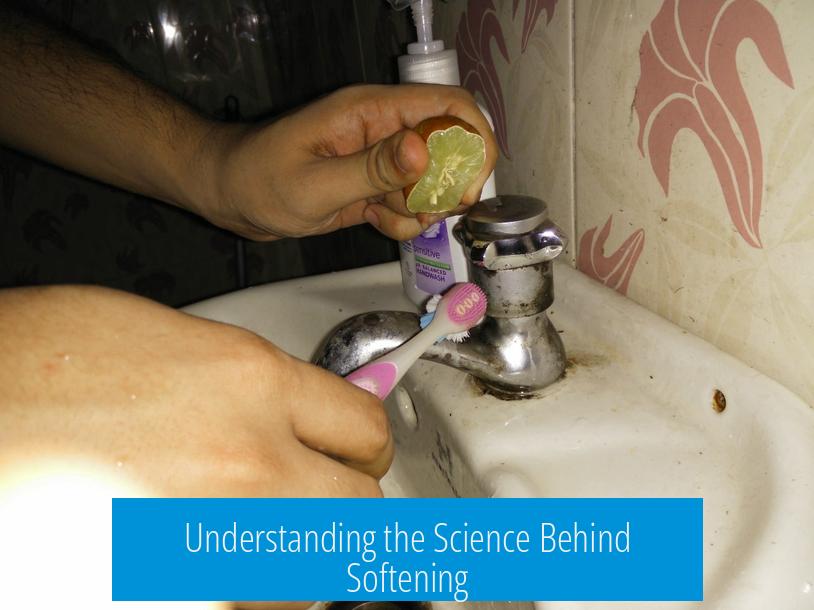
Nylon bristles absorb water, causing them to swell about 7%, increasing polymer chain mobility. This swelling lubricates molecular chains, allowing them to slide past one another easily. The result is softer, more flexible bristles.
Regular use also naturally softens bristles. Toothpaste abrasives and brushing action wear down stiff fibers, breaking them in over time.
What to Avoid
- Boiling water can overly weaken bristles and deform the brush head.
- Excessive heat may also leach metals or contaminants from pipes into water used for softening.
- Strong or industrial chemicals can damage nylon and pose health hazards.
Alternative: Choose a Soft or Ultra-Soft Toothbrush
If your travel toothbrush is too hard, seek brands specializing in ultra-soft travel brushes. Many manufacturers offer travel-sized versions with soft or tapered bristles to protect gums.
Additional Practical Tips
- Brush gently; aggressive brushing harms gums regardless of bristle softness.
- Replace toothbrushes every 3-4 months or sooner if bristles flare or show wear.
- Consult your dentist for personalized toothbrush recommendations and techniques.
Summary of Effective Methods to Soften a Toothbrush
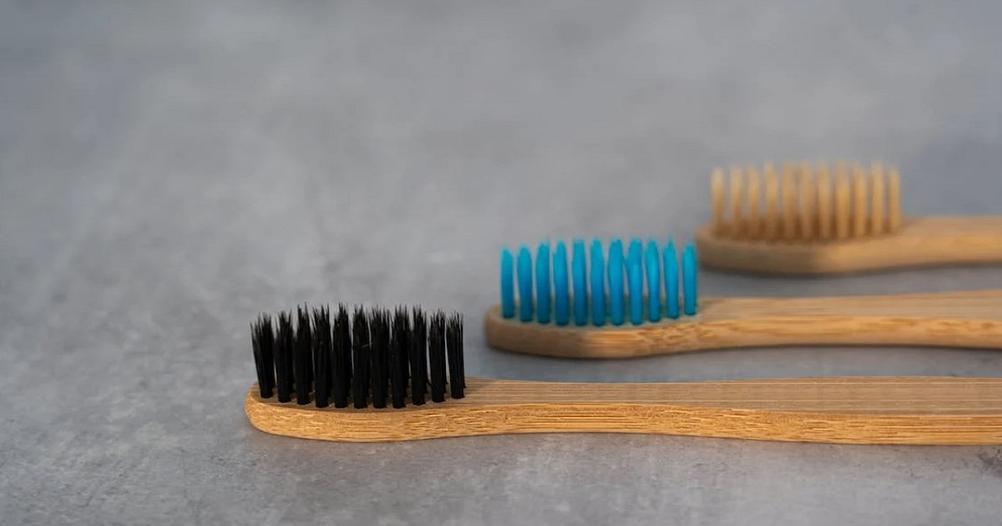
| Method | Effectiveness | Safety | Notes |
|---|---|---|---|
| Soaking in Warm Water | High | Safe | Simple and quick temporary softening |
| Massaging Bristles | Moderate | Safe | Breaks in new brushes, increases softness |
| Soaking in Vinegar | Moderate | Safe | Softens and cleans; rinse after soaking |
| Soaking in Mouthwash | Temporary | Generally Safe | Softens bristles overnight |
| Chemical Solvents (Limonene, etc.) | Variable | Not Recommended | Possible health risks, may degrade bristles |
Key Takeaways
- Warm water soak is the safest, easiest way to soften toothbrush bristles.
- Massaging or soaking in mild acids like vinegar can improve softness.
- Use caution with chemicals; some may harm bristles or pose health risks.
- Consider purchasing ultra-soft travel toothbrushes instead of modifying hard ones.
- Replace toothbrushes regularly to maintain good oral hygiene and bristle condition.
Anyone Know of a Clever Way to Soften a Toothbrush?
Softening a toothbrush bristle isn’t rocket science; one of the best ways is simply to run it under hot water before you brush. Sounds too easy? Well, that’s because it is! Hot water nudges the nylon bristles closer to their glass transition temperature—around 50°C—loosening the bonds that keep the fibers stiff.
But wait, why even bother softening your toothbrush? Are the stiff bristles doing more harm than good? Let’s unpack this and explore clever methods to get that brush feeling just right—without frying your gums or turning your toothbrush into mush.
Why Soften a Toothbrush? The Untold Benefits
Many people overlook how bristle stiffness affects oral health. That rigid brush? It may seem tough, but it can seriously aggravate your gums. Hard bristles can lead to gum recession, exposing sensitive tooth areas that love to remind you they exist with a pang of pain. Ouch!
Soft bristles, on the other hand, gently caress your gums, helping keep them healthy. Plus, a clean, soft bristle prevents bacterial buildup—which means fresher breath and healthier teeth. Soften your brush, and you’ll get a more effective yet kinder cleaning.
Hot Water: The Classic Hack That Never Gets Old

Running your toothbrush under hot water before brushing might be the oldest trick in the dental book, but it’s backed by some neat science.
Nylon, the usual material of bristles, behaves differently when heated. Approaching 50°C, nylon starts to become more flexible due to the loosening of hydrogen bonds in its polymer chains. Simply put, the bristles get softer, more pliable, and kinder to your gums. This little splash of heat causes the fibers to absorb water, expand around 7%, and slide over each other, reducing stiffness.
Just don’t go grilling your toothbrush in boiling water, okay? That can warp the plastic handle or severely weaken bristles. Moderately hot water is the sweet spot.
Soaking: When Time and Patience Work Wonders
For those willing to wait a bit longer, soaking the toothbrush can temporarily soften bristles. Some people swear by leaving their brush overnight in mouthwash. This might sound odd, but the alcohol and other liquids lubricate the bristle fibers, making them softer—though the effect is temporary.
Or go old school with a vinegar soak. Warm vinegar is known to soften paintbrush bristles by removing dried-on elements and loosening fibers. Since nylon is resilient, this could nudge your brush softer as well. Just rinse thoroughly afterward to avoid the aftertaste!
The Chemical Route: Proceed With Caution
One interesting, but controversial, chemical method involves soaking your toothbrush in limonene—yes, the citrusy oil from lemon rind. It acts as a degreaser, drastically softening toothbrush bristles.
Sounds appealing—natural lemon oil, yay! But hold your horses. Concentrated limonene is considered carcinogenic. So while it might work perfectly for industrial or non-consumptive uses, it’s a no-go for your mouth. Safety first, folks.
Alternatively, some suggest a solution of baking soda and water for soaking. Baking soda is mild, safe, and often used in oral care. While there’s no hard data on its softening effect, it may slightly alter the bristle texture. If you’re experimental, try this—but keep expectations moderate.
Physical Softeners: Wear and Tear, The Toothbrush’s Secret Ally
Ever noticed your toothbrush seems softer after a few days’ or weeks’ use? That’s not ghost magic; it’s plain abrasion. Toothpaste contains tiny abrasive particles that ‘sand’ the bristles each time you brush. This wearing down reduces bristle stiffness, making them gentler on your gums.
For a controlled softening, some propose lightly rubbing the bristles against fine grit sandpaper. This mimics wear and could tame a stubbornly stiff brush. Just be careful not to shred it!
Choosing Your Brush Matters
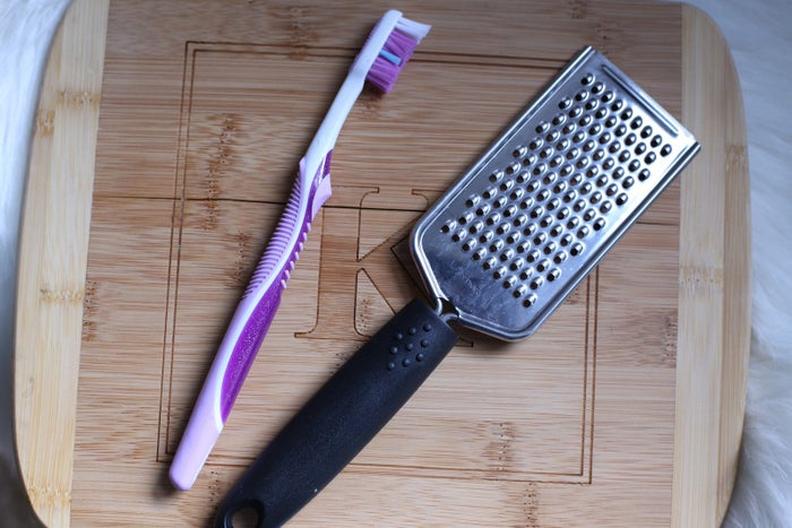
Here’s a clever shortcut: instead of tampering with an unyielding travel toothbrush, opt for a brush designed with soft or ultra-soft bristles. Many brands offer travel versions with tapered bristles engineered for softness—naturally gentler without needing hot water baths or chemical soaks.
Tapered bristles are thinner at the tip, allowing them to flex more easily and reach tricky dental spots. This design provides softness straight out of the pack—a gentle hug for your gums and teeth.
DIY Softening Tricks Worth Trying (Safely!)
- Hot Water Rinse: Hold your brush under running hot tap water (not boiling) for 20-30 seconds before brushing.
- Overnight Soak in Mouthwash: Place your toothbrush head in a cup with mouthwash overnight. Rinse well before use.
- Vinegar Dip: Soak the bristles in warm diluted vinegar for 15 minutes, then rinse thoroughly.
- Rub with Fingertips: Massage bristles gently with your fingers to loosen them before use.
- Sandpaper Softening: Carefully rub the ends of the bristles against fine sandpaper to dull sharpness.
Remember, these methods are intended to improve comfort without sacrificing hygiene. Always keep your brush clean and replace it every 3-4 months, or sooner if bristles fray.
What About Chemical Degradation? Sounds Risky…
Some ideas dabble with the notion that chemical degradation could soften bristles by breaking polymer chains. However, polymers like nylon are tough. Trying to degrade them might cause unwanted fragility or brittleness, not the gentle softness you want.
One speculative idea involves subtle oxidizing agents acting on a polyester-nylon blend, but this is more chemistry class daydreaming than practical advice. Not recommended unless you enjoy dangerous experiments. Consult experts (or dentists!) before entertaining such plans.
Professional Advice: When to Call in the Pros
If you’re scratching your head after trying home tricks or worried about damaging your brush or gums, don’t hesitate to seek professional advice. Some dentists share tips on how to soften brushes safely or recommend specific products that suit your needs.
And hey, dentists generally advise using soft or ultra-soft brushes anyway. They’re designed to maximize cleaning while minimizing harm. Sometimes, the best softening is just smart shopping.
The Final Word: Softness Is a Balance
Softening a toothbrush involves tuning the bristles to be gentle yet effective. Hot water rinses make your bristles more flexible temporarily, while gradual wear softens over time. Soaks in mouthwash or vinegar provide extra cushioning but are short-lived fixes. Chemicals like limonene offer drastic softening but come with health risks—better avoided.
Switching to softer toothbrushes, especially with tapered bristles, is often the easiest and safest route. After all, oral hygiene is no laughing matter—even if we poke fun at the science behind your toothbrush’s texture.
Before you head out to soften your brush, ask yourself: Would my gums thank me for this? Because at the end of the day, a soft brush that’s replaced regularly is your mouth’s best friend.
“You’re not trying if your gums don’t bleed.” – An odd encouragement or a warning? Probably don’t take this literally—bleeding gums signal brushing too hard, not better care.
So, what’s your go-to toothbrush softening trick? Ever tried a clever DIY method that worked (or flopped spectacularly)? Share your stories—because the quest for the perfect brush is a surprisingly personal, and oddly satisfying, one.
Q1: How can I soften a travel toothbrush with hard bristles at home?
Run the brush under hot water for a minute. Warm water helps the nylon bristles absorb moisture and become more flexible. Avoid boiling water, as it may damage the brush.
Q2: Does soaking a toothbrush in vinegar really soften the bristles?
Yes, warm vinegar can soften the nylon bristles by loosening dried-on residues. This method is borrowed from paintbrush care but should be rinsed well before use.
Q3: Are chemical soaks like limonene or baking soda safe and effective?
Limonene can soften bristles but is considered carcinogenic, so it’s not recommended. Baking soda in water may help mildly, but there’s no strong evidence it changes bristle softness significantly.
Q4: Does brushing effort affect toothbrush softness?
Yes, using a toothbrush with toothpaste abrades the bristles over time, making them softer. Gently massaging or pressing bristles may also make them feel more pliable.
Q5: What should I consider when choosing a softer toothbrush?
Look for ultra-soft brushes or those with tapered bristles. These designs minimize gum irritation and promote better oral health compared to medium or hard bristles.
Q6: Can hot water affect the safety or effectiveness of my toothbrush?
Hot water softens bristles but can leach metals or chemicals from pipes into the brush. Use warm, not boiling, water to reduce this risk and maintain toothbrush safety.


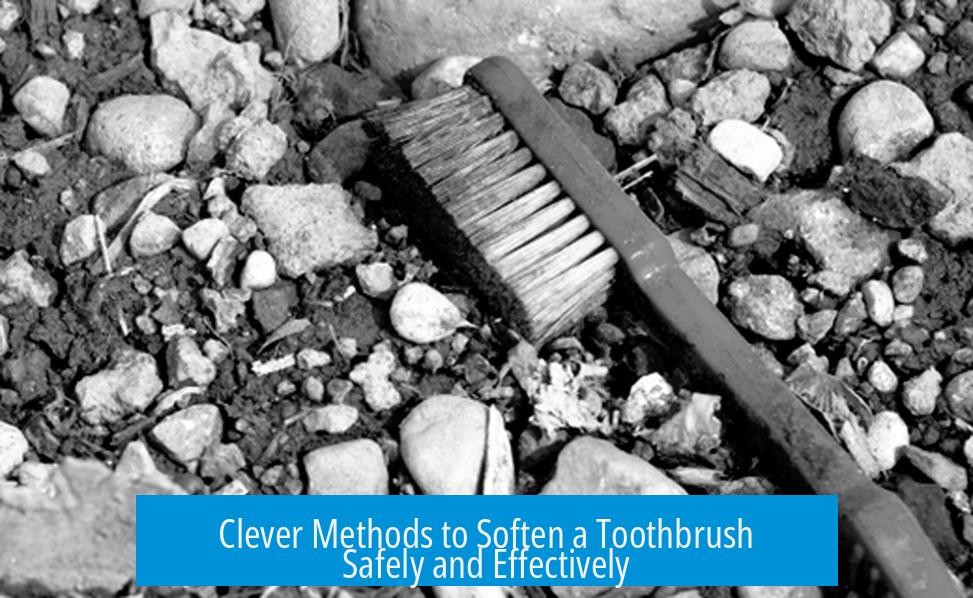


Leave a Comment